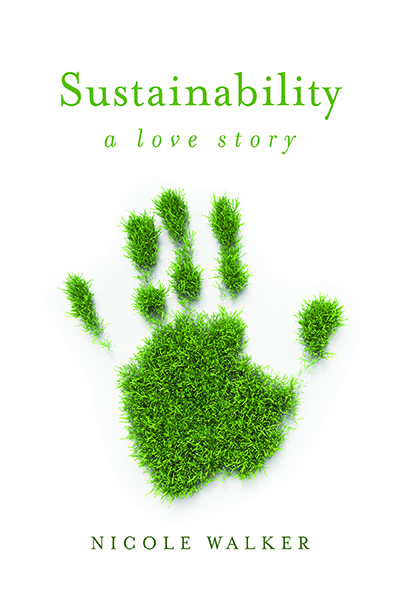Estevez--whose onscreen history with libraries goes back to The Breakfast Club in the 1980s-- was so taken with Ward's essay that he bought the film rights to it and worth a script inspired by it. After several starts and stops, Estevez's move, The Public is opening Friday in theaters nationwide,
Estevez saw what Ward was describing years before the essay was published. Estevez did most of the research for his 2006 drama Bobby about the days before Robert F. Kennedy's assassination, in the Los Angeles Public Library.
COMMENT
Technically, this whole article is about libraries and falls outside the scope for this blog which is dedicated to libraries that appear in stories that are not otherwise about libraries or librarianship. The article is about programs for homeless patrons at the Salt Lake City Public Library. [1] However, the embedded anecdote about library use is simply too good to leave out. Where else besides a library is it possible for a famous Hollywood actor and homeless people to coexist in a state of social equality?
So I'm going to count it in because it relates an organic library use. Like the story of Micky Hart at the library, [2] this library anecdote involves a person who is famous enough that he might be recognized. Yet there he was, apparently anonymous, at the public library researching history for his next movie. Honestly I would have imagined that the rich and famous would hire someone to do research for them so it makes me happy to know that Emilio Estevez went to the library to do his own research.
The article also recounts how Estevez read Chip Ward's essay in the Los Angeles Times and then looked it up again on TomDispatch.com where it originally appeared. The daily newspaper provided inspiration for the movie by providing a curated collection of articles. Estevez went back to read the article online, but he might never have found it in the first place without the newspaper editorial page.
[1] See Stony Mesa Sagas
[2] See Drumming at the Edge of Magic

